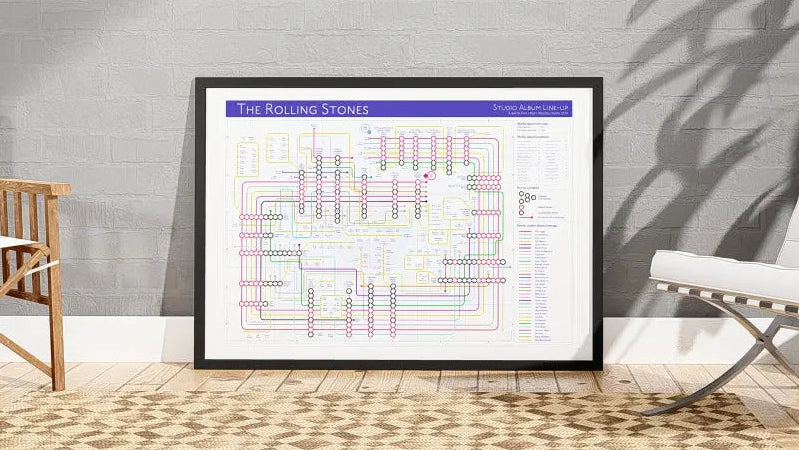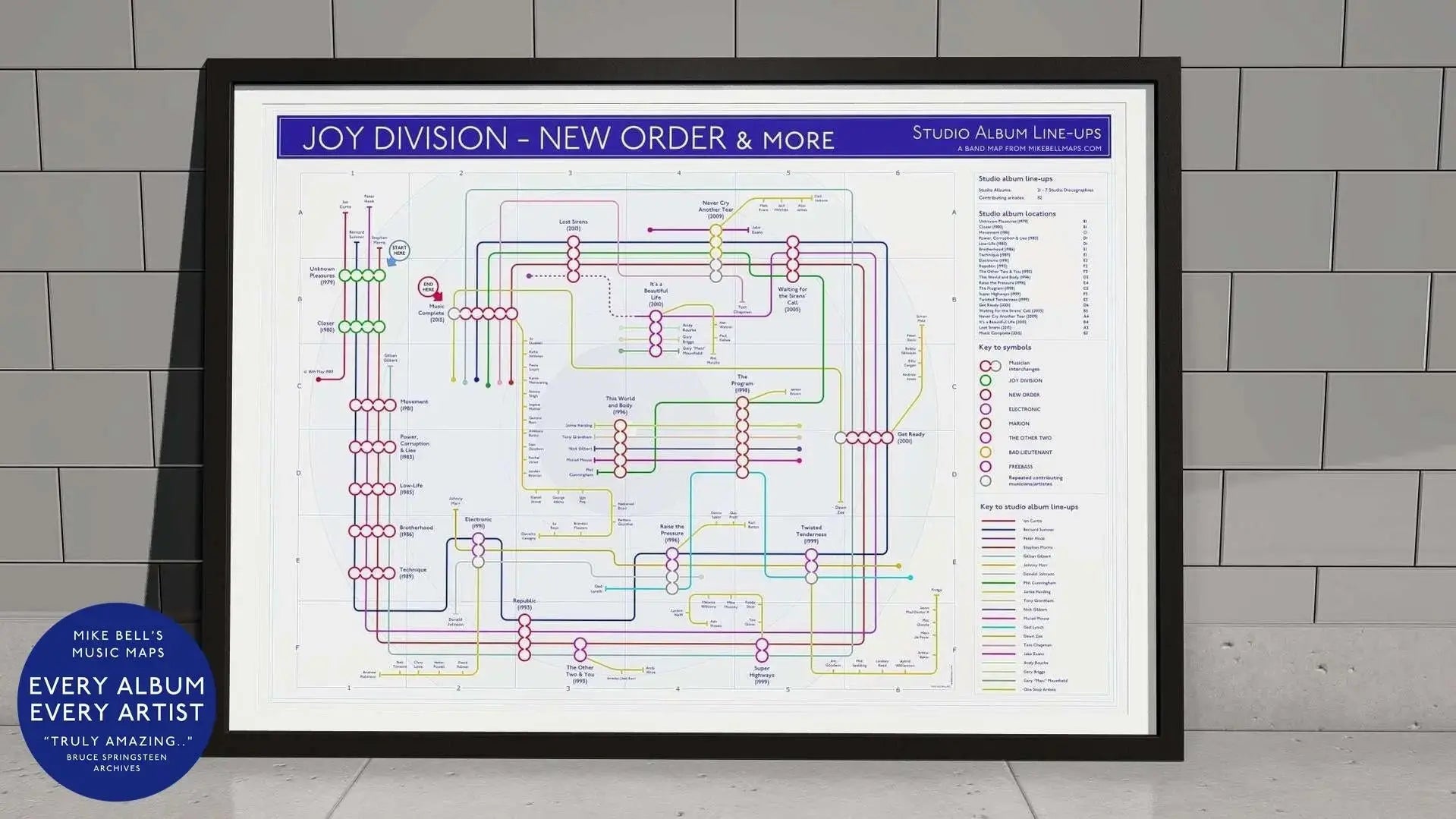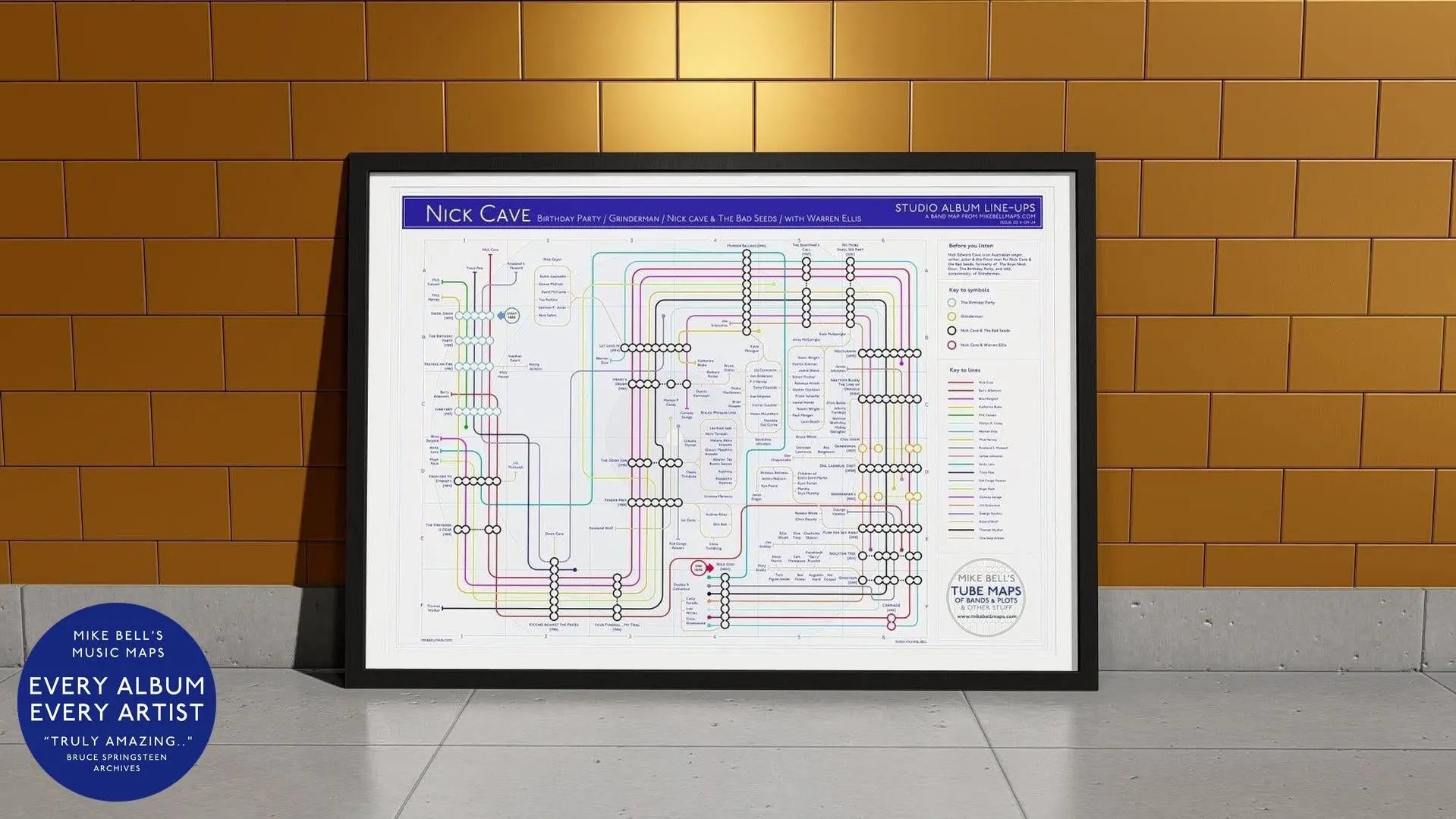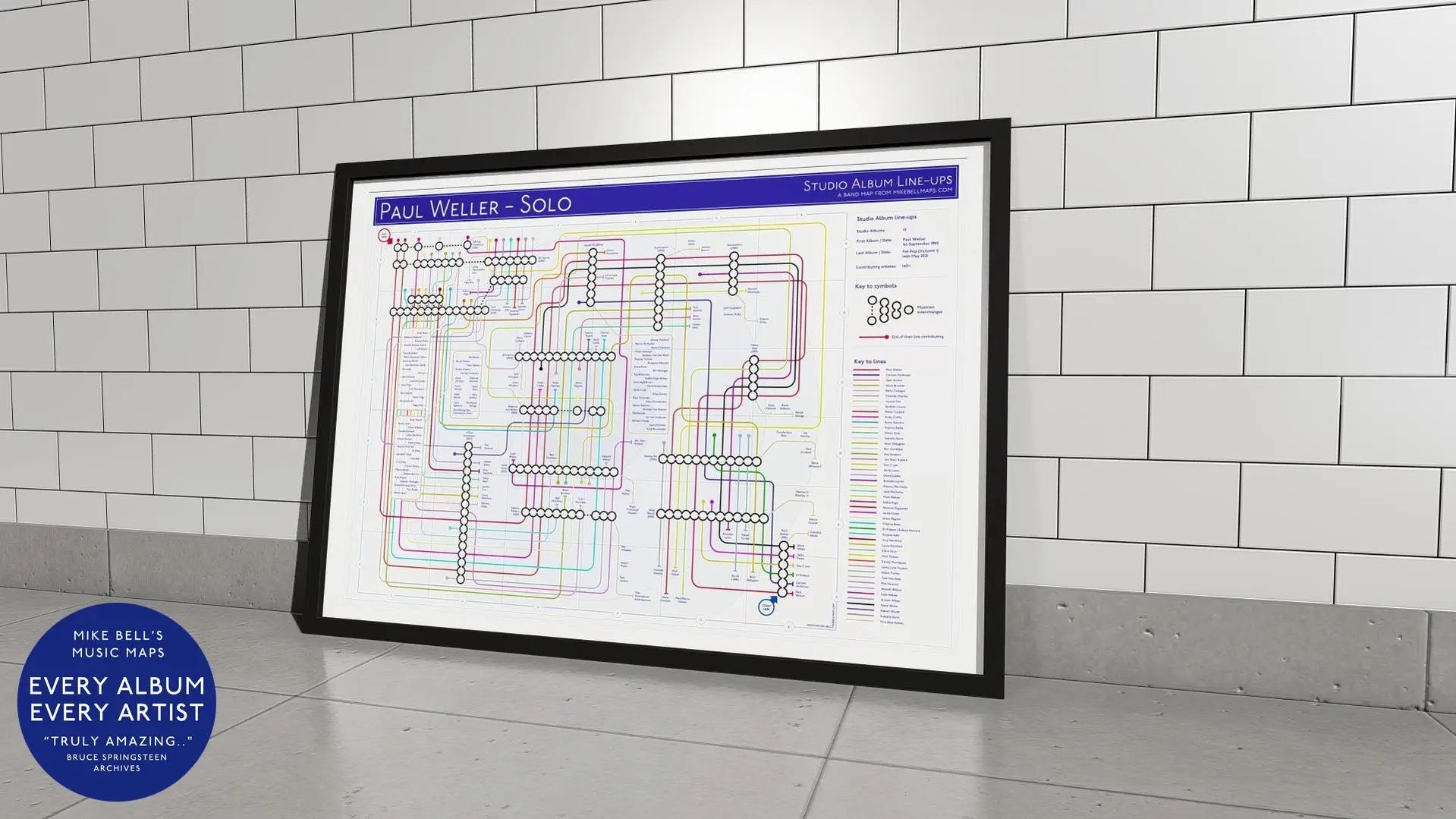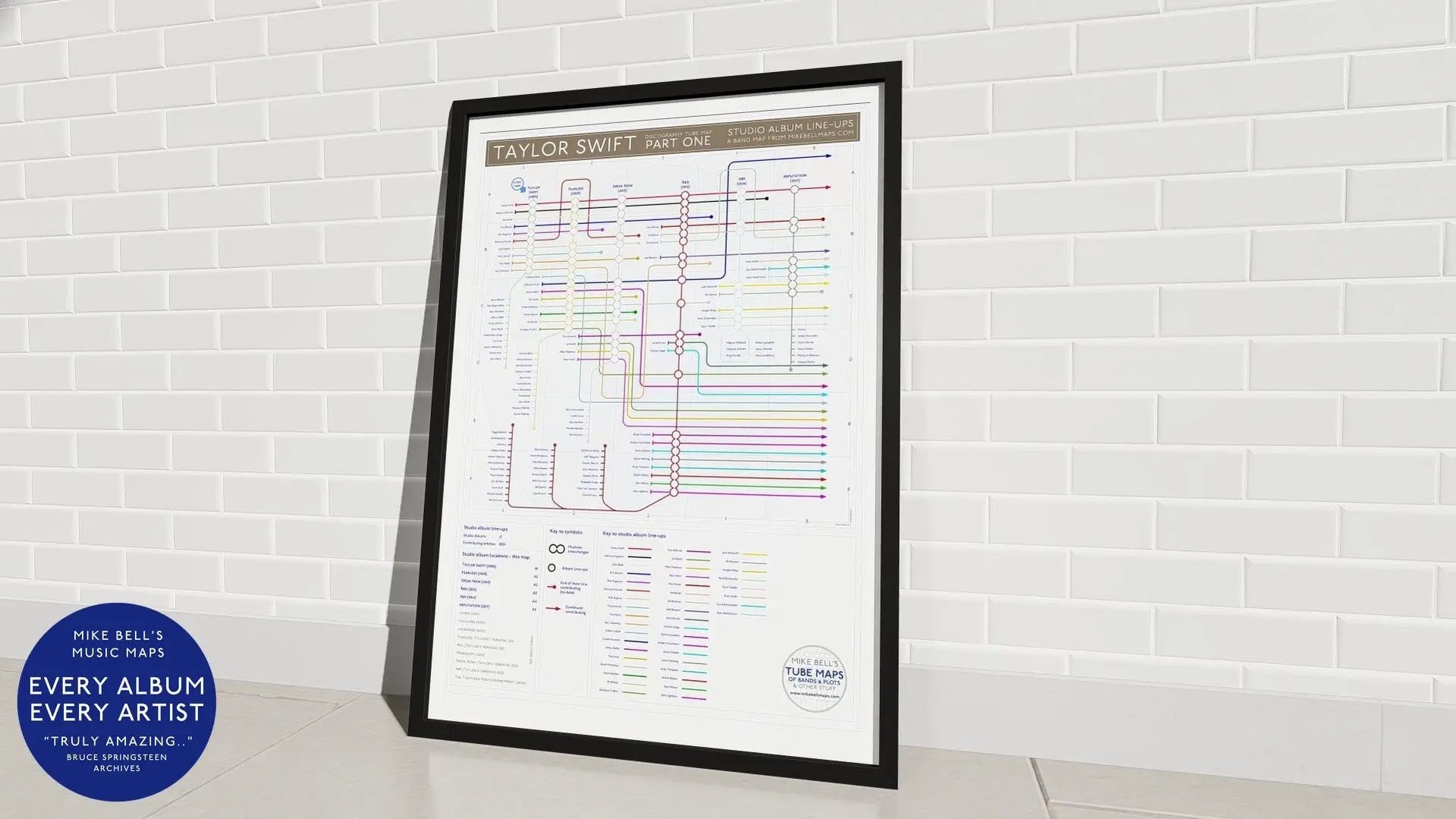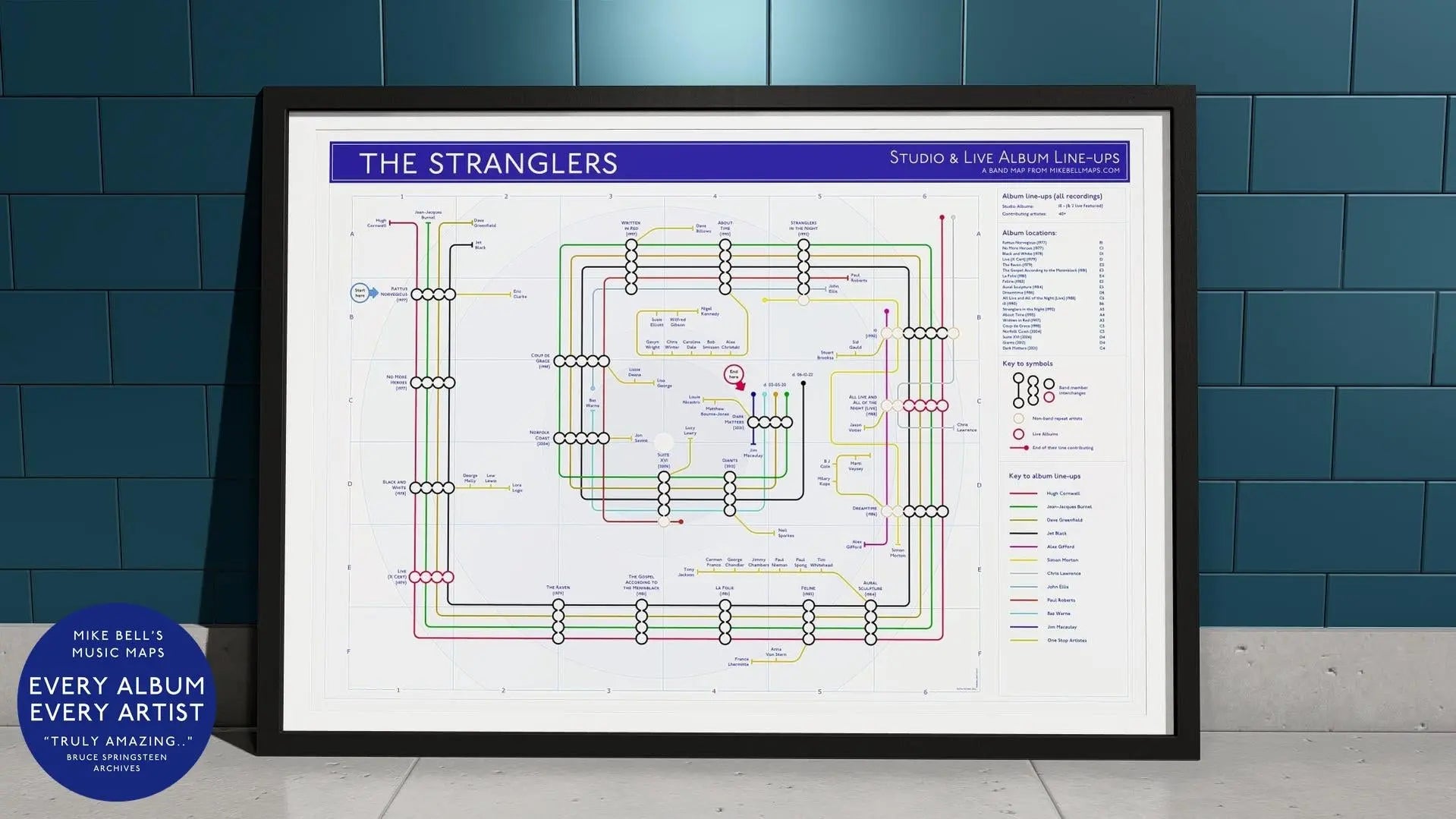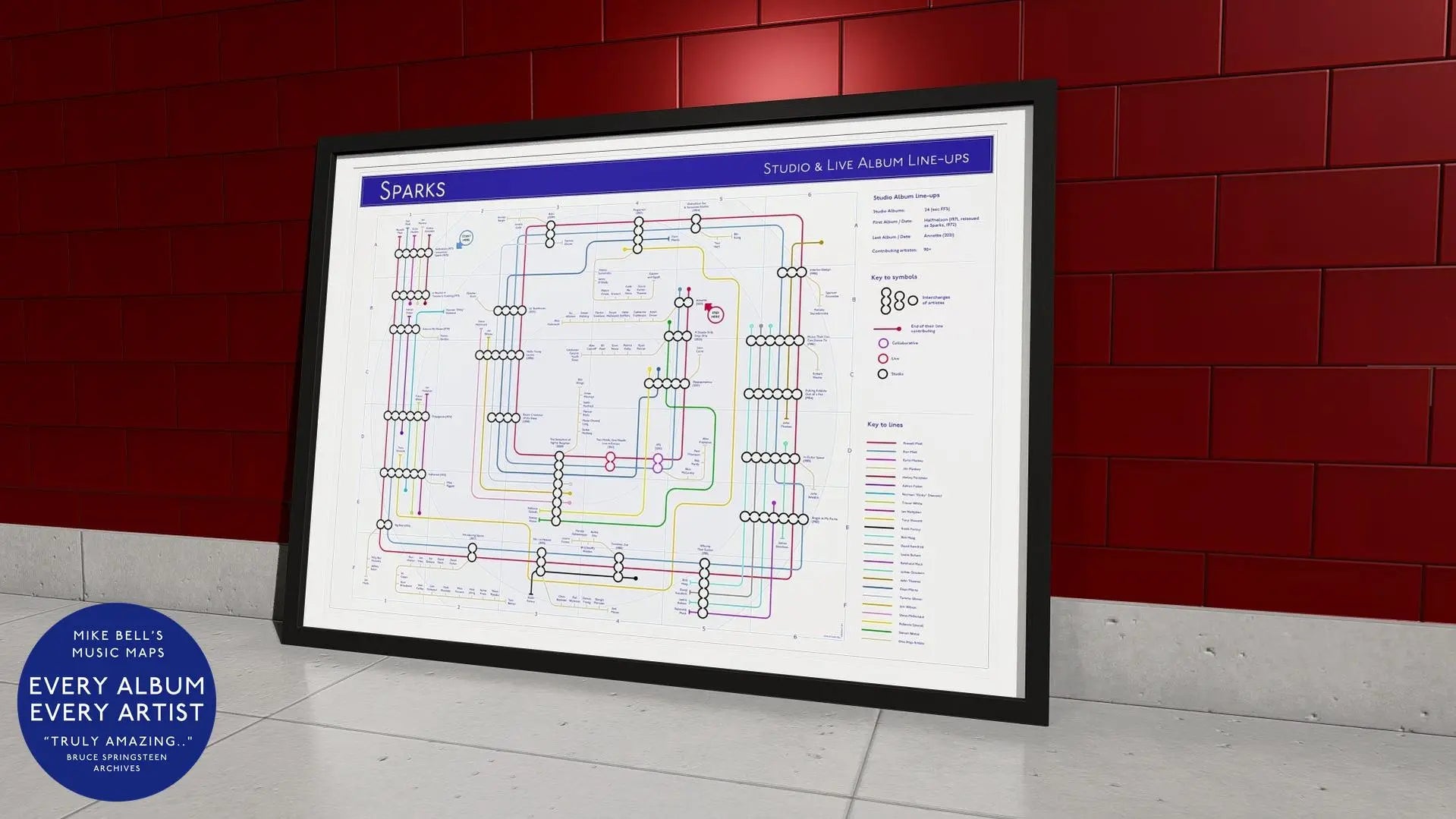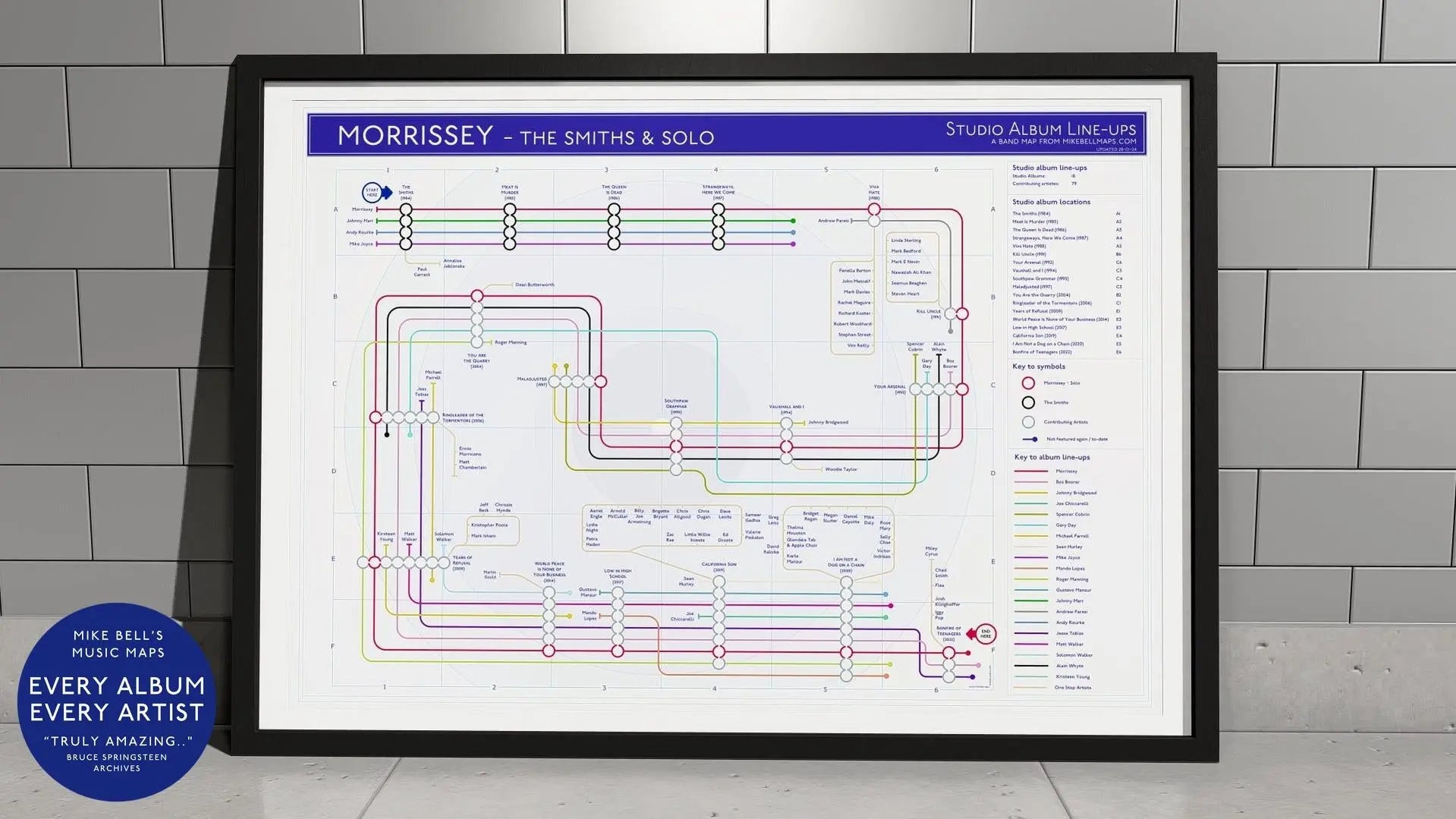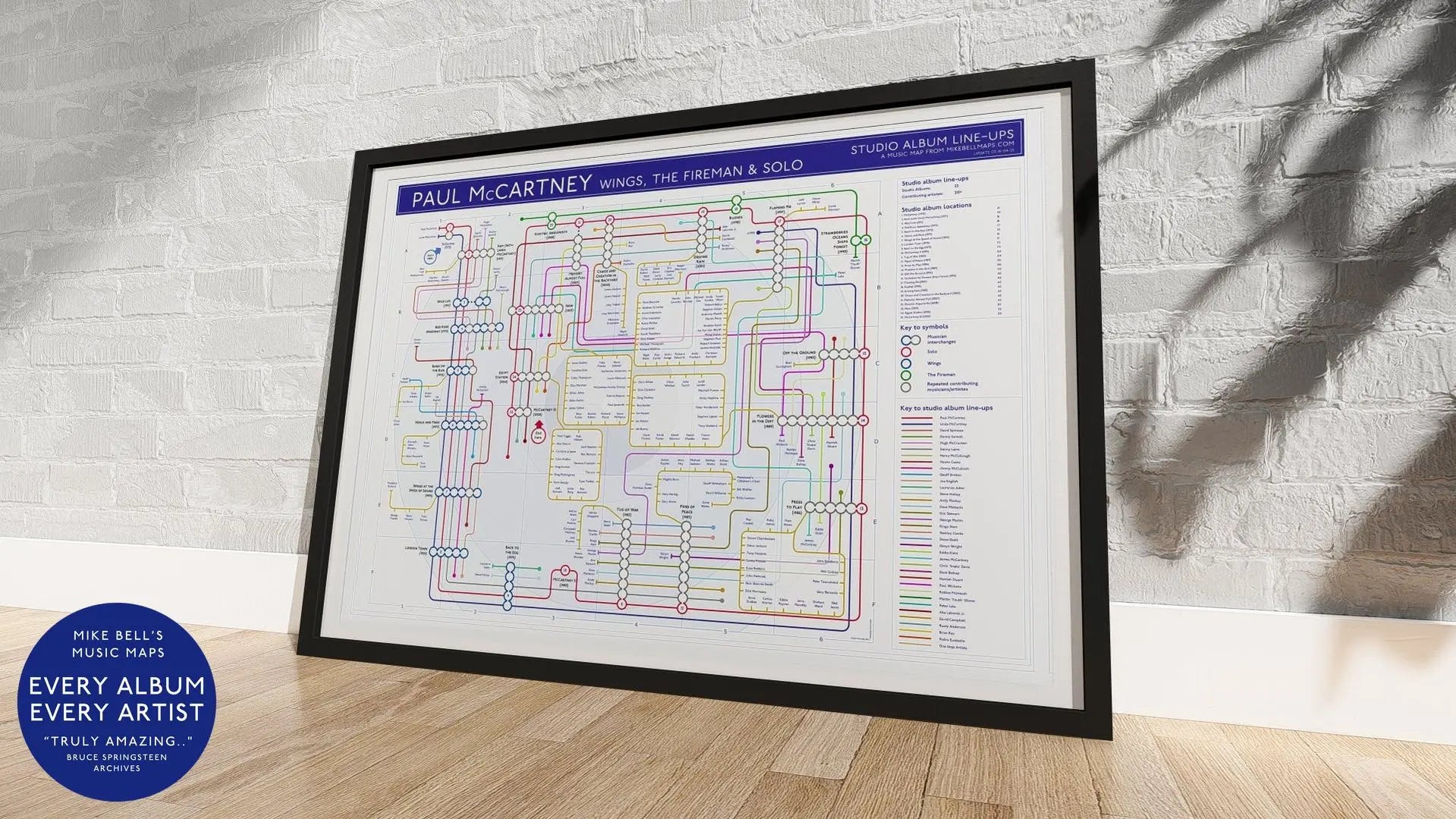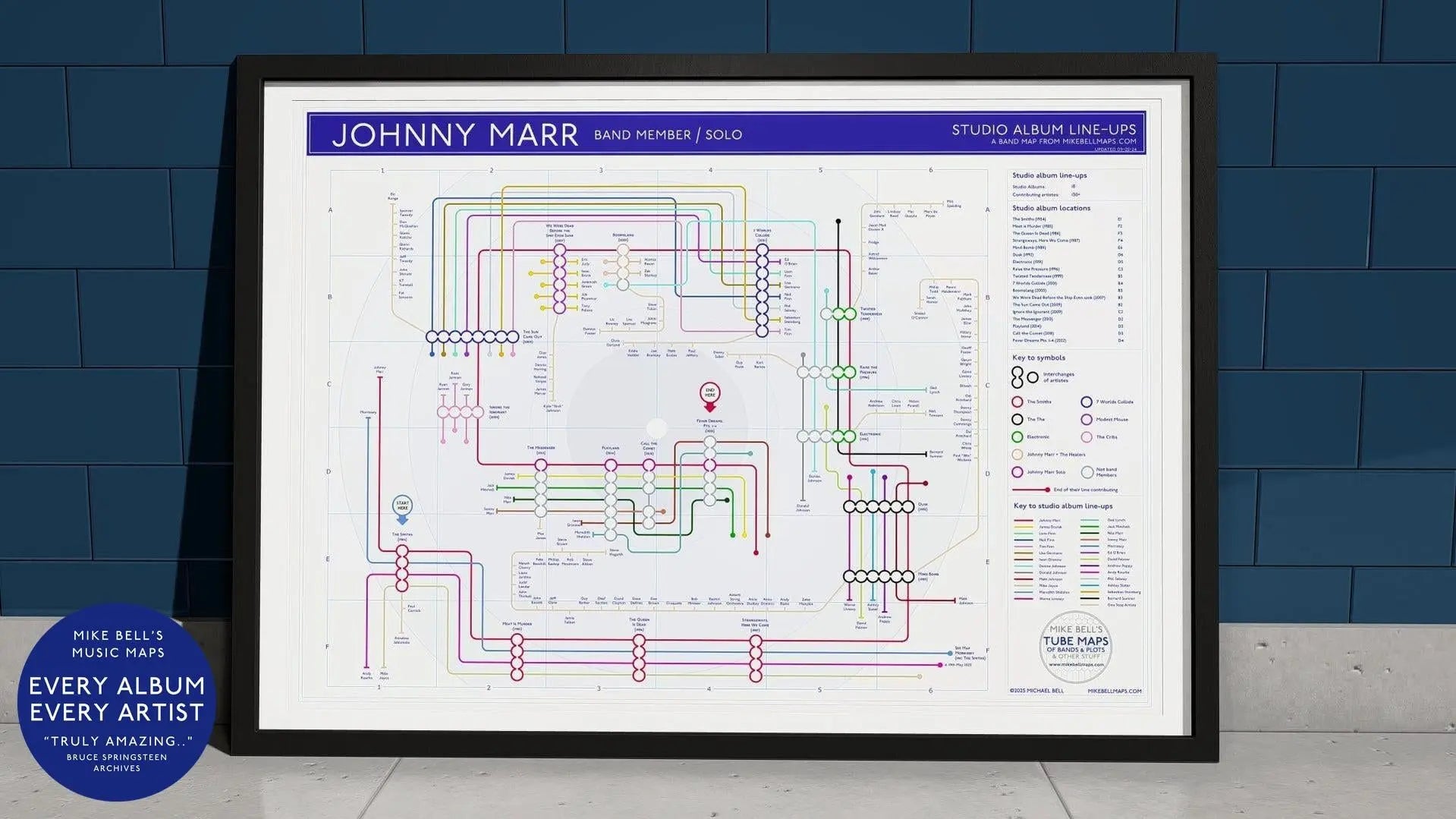
John Lennon Thought Sgt. Pepper Was 'Crap'
by Mike Bell
·
For decades, The Beatles' Sgt. Pepper's Lonely Hearts Club Band has been treated as more than just an album. It's a cultural monolith - the definitive soundtrack to the "Summer of Love" - and a work so mythologised that it's often seen as a perfectly planned, revolutionary statement that defined a generation. It stands as a testament to the band's creative peak, within a varied recording history, a flawless fusion of art, music, and social change.

But the reality of its creation, as told by producer George Martin and John Lennon himself, is far more complex and human than the legend suggests. The story behind this iconic masterpiece is not one of confident prophets shaping a movement. It was a masterpiece forged in the fires of burnout, a public statement born from a desperate need for privacy, and a symbol of perfection that its own creator couldn't stand, a series of contradictions that reveal the true nature of collaborative genius.
1. The Album That Defined a Generation Wasn't Trying To
While Sgt. Pepper became an "icon" that "summed up the generation," this was a complete accident. According to George Martin, The Beatles had no grand plan to capture the zeitgeist or lead a social revolution. Their intention was never to set themselves up as "prophets" or to change the world consciously.
Their actual goal was far simpler and more personal: they just wanted to go into the studio and make their own kind of music, free from the pressures of fame and public expectation. It remains a remarkable irony of music history that this intensely inward-looking project, born from a desire to retreat from the world, accidentally became the most powerful public statement of its era.
2. It Was a Masterpiece Born from Total Burnout
By the end of 1966, The Beatles were running on empty. After four years of non-stop touring, recording, and promotion, George Martin described them as being completely "fed up." They were trapped in a relentless cycle of concerts and hotel rooms, becoming, in Martin’s powerful words, "prisoners of their fame."

The decision to stop touring was the "absolute key" to the album's existence. This liberation was the foundational prerequisite for the album's experimental nature. No longer needing to write songs they could perform live for "hordes of screaming kids," they were free to treat the studio not as a place to record, but as a "new canvas on which to paint," a sanctuary where their only limit was their own imagination.
3. The Groundbreaking Sound Was Fueled by Gimmicks and Giggles
The band's newfound freedom created the time and space for their "enormous musical curiosity" to flourish, leading them to push the known boundaries of recording technology. Given its complex reputation, one might assume the sessions were intensely serious. In fact, Martin recalled them as "happy days" filled with "fun" and "a lot of giggles."

This playful atmosphere meant their process wasn't just about using existing studio tricks; it was about inventing new ones to solve specific artistic problems. The most potent example was born from John Lennon's hatred of re-singing vocal parts. His simple request for a technical workaround was the direct catalyst for engineer Ken Townshend’s invention of Artificial Double Tracking (ADT), a technology that would change recording for everyone. This spirit of playful innovation is best heard on "Being for the Benefit of Mr Kite!" To create the chaotic circus atmosphere Lennon wanted, Martin and engineer Geoff Emerick took recordings of old steam organs and calliopes, chopped the tape into small pieces, tossed them in the air, and spliced them back together at random, a collage of pure, joyful chaos.
4. John Lennon's Stinging Verdict: "Most of What We Did Was Crap"
Years later, in the 1970s, Martin was reminiscing with Lennon at his Dakota apartment when John suddenly said he'd like to do everything all over again. A stunned Martin asked if he genuinely thought they never got anything right. Lennon's reply was brutal.
"Most of what we did was crap."
When Martin, trying to find common ground, brought up "Strawberry Fields"- a track widely considered a masterpiece - Lennon’s retort was even more cutting: "Especially Strawberry Fields." Martin’s crucial analysis was that this wasn't just petulance; it was a core part of Lennon's artistic nature. The "dreams" and visions he had for his songs were always "more extraordinary" than what he felt could ever be fully realised on tape. The finished product, no matter how brilliant, could never live up to the perfect, impossible idea in his head.
5. The Producer Didn't Even Think It Was Their Best Album
Perhaps the final twist in the Sgt. The Pepper story is that the man who helped create it, George Martin, didn't consider it the band's best work. When asked, he freely admitted it wasn't his favourite, saying he often preferred Rubber Soul, Revolver, and Abbey Road.

Martin's own analysis points to a confluence of timing and packaging. He believed Sgt. Pepper became an "icon" because it landed at a specific cultural moment where it "really represented what young people were about" and perfectly captured the zeitgeist of the "Summer of Love." From the music to the "absolutely ridiculous" costumes and the groundbreaking album cover, it was a complete package that defined an era in a way no other album had before.
Conclusion: The Paradox of Perfection
The true story of Sgt. Pepper's Lonely Hearts Club Band is a paradox. It is a definitive cultural statement born from a desire for escape; a sonic revolution fueled by playfulness; and an enduring symbol of perfection that its primary author ultimately dismissed. The album that seemed to project ultimate confidence was, in reality, a product of burnout, curiosity, and an unquenchable artistic restlessness.
The Beatles were once famously compared to religious figures, shaping the beliefs of a generation. But as Lennon's eternal dissatisfaction shows, perhaps the creators of culture-defining 'bibles' can never be true believers themselves. It leaves us to wonder: does truly great, culture-shifting art come from contentment, or does it require that impossible, frustrating dream that always feels just out of grasp?











